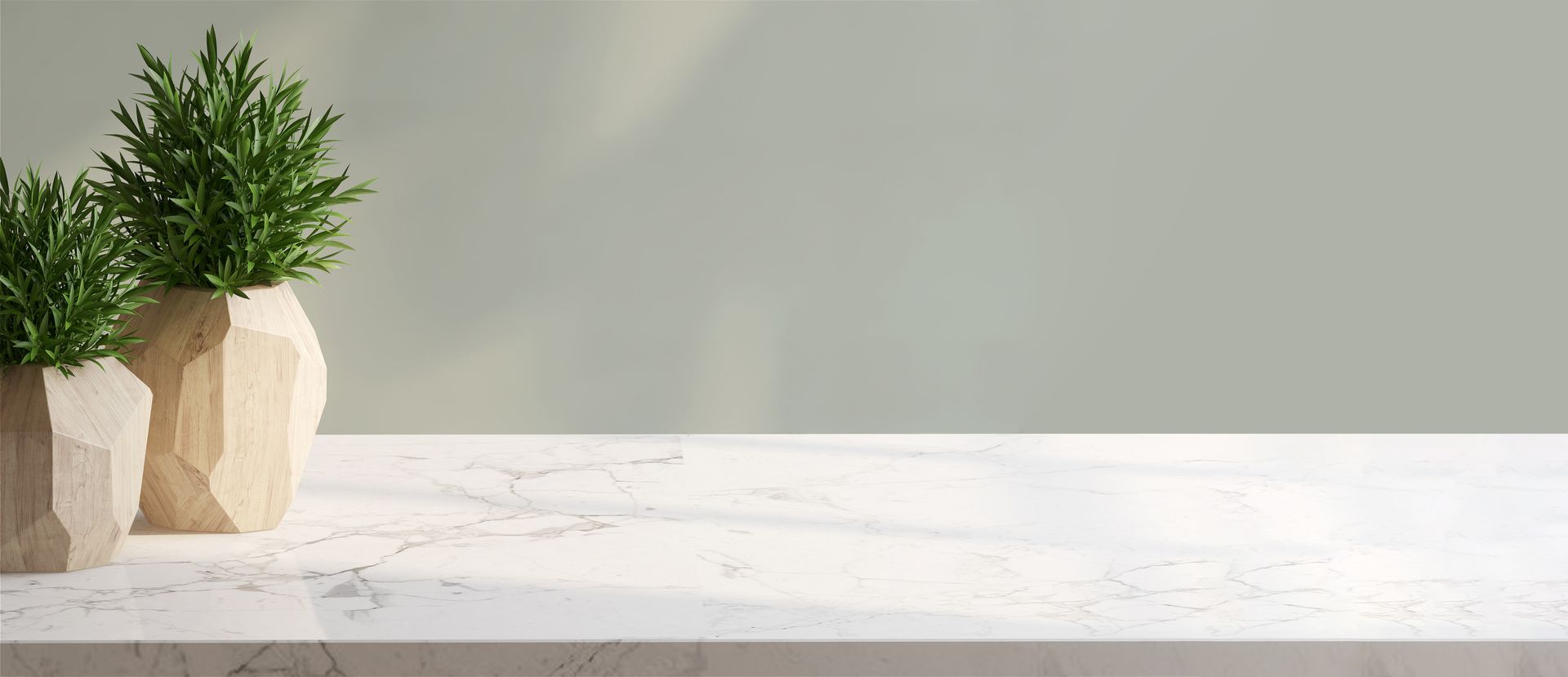Marble floors are a timeless choice, renowned for their elegance, sophistication, and natural beauty. However, maintaining their pristine condition requires specific care and attention. To help you preserve the splendor of your marble floors, we've compiled a comprehensive guide full of tips and tricks for effective care and maintenance.
1. Regular Cleaning
Daily Cleaning:
Dust and dirt can act as abrasives on marble floors, leading to scratches and dulling over time. To prevent this, sweep or dry mop your marble floors daily using a soft, non-abrasive mop. Avoid using a vacuum cleaner with a beater bar attachment, as it can scratch the surface.
Weekly Cleaning:
For a deeper clean, use a pH-neutral, non-abrasive cleaner specifically formulated for marble. Avoid acidic or alkaline cleaners, as they can etch the surface. Mix the cleaner with water according to the manufacturer's instructions and use a damp mop to clean the floors. Ensure the mop is only slightly damp, as excess water can penetrate the stone and cause damage.
2. Immediate Spill Management
Marble is susceptible to staining, especially from acidic substances like wine, coffee, and citrus juices. Promptly wipe up any spills using a soft cloth or paper towel. Blot the spill rather than wipe it, as wiping can spread the liquid and potentially stain a larger area.
3. Using Mats and Rugs
Place doormats at entrances to reduce the amount of dirt and grit tracked onto marble floors. Area rugs and runners can also protect high-traffic areas from wear and tear. Ensure the mats and rugs have a non-slip backing to prevent them from moving and scratching the floor.
4. Furniture Protection
Heavy furniture can cause dents and scratches on marble floors. Use felt pads or coasters under the legs of furniture to distribute the weight and prevent damage. When moving furniture, lift it rather than dragging it across the floor.
5. Regular Sealing
Marble is porous and can absorb liquids, leading to stains and etching. Sealing your marble floors creates a protective barrier that reduces absorbency and helps prevent damage. Depending on the type of marble and the amount of foot traffic, it is recommended to seal marble floors every 6-12 months. Always use a high-quality, penetrating sealer designed for natural stone.
6. Polishing
Polishing marble floors enhances their shine and adds an extra layer of protection against stains and scratches. Professional polishing is recommended every 1-2 years, depending on the level of wear and tear. For periodic maintenance, you can gently buff the surface with a marble polishing powder and a soft cloth.
7. Avoiding Common Mistakes
Using the Wrong Cleaners:
Avoid using vinegar, lemon juice, or other acidic cleaners on marble floors, as they can cause etching and dull the surface. Similarly, avoid abrasive scrubbers and harsh chemicals that can damage the stone.
Ignoring Small Issues:
Address minor scratches, chips, or dull spots as soon as they appear. Minor issues can quickly escalate if not properly managed. Professional restoration services can repair and polish damaged areas, restoring your marble floor's original beauty.
8. Professional Maintenance
While regular at-home maintenance is crucial, professional care can significantly extend the life and beauty of your marble floors. Professional stone care specialists have the expertise and equipment to deep clean, polish, and seal marble surfaces, ensuring they remain in top condition.
Conclusion
Marble floors are a stunning investment that can last a lifetime with the proper care and maintenance. By following these tips and tricks, you can preserve the elegance and beauty of your marble floors, ensuring they remain timeless in your home. Regular cleaning, immediate spill management, protective measures, and periodic professional care are crucial to keeping your marble floors looking their best.


